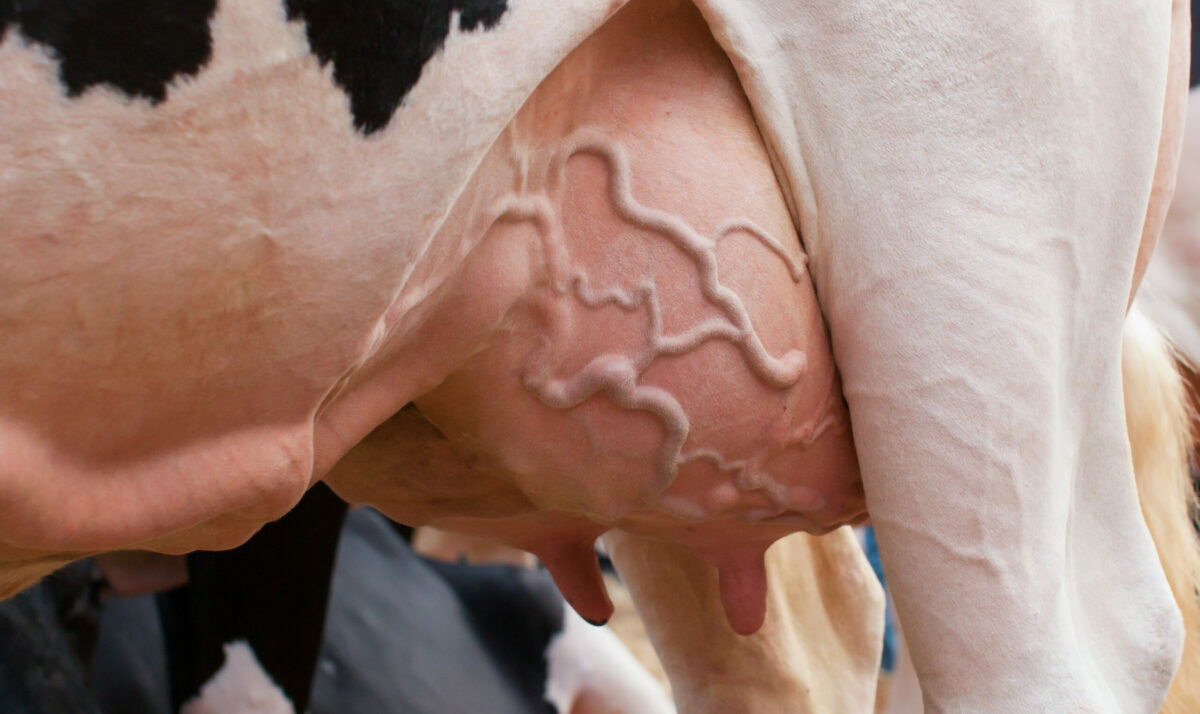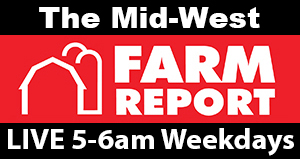
Having sound cow management leads to positive financial outcomes. Dr. Daryl Nydam, veterinarian and professor at Cornell University says knowing when to use dry cow therapy or pathogen based treatment has a direct correlation to a farmer’s bottom line.
The difference between selective dry cow therapy and blanket dry cow therapy is that blanket therapy is where you administer antimicrobial to all quarters of all cows at the beginning of their dry period. Whereas, selective dry cow therapy is anything less than 100% would be selected for treatment and the rest would not. Selective dry cow therapy saves about 80% of a farm’s dry cow cost.
Pathogen-based treatment is for clinical mastitis during the lactating period. This improves your bottom line by saving money on dry cow tubes and you also get those cows back in the milk string sooner.
“These two options compared to blanket dry cow therapy, after putting in the cost of using some method to decide which cows to treat or not, usually saves $25 to $30 per cow across the herd annually,” says Nydam.
There are a few different culture based methods that can be used to detect mastitis, but Nydam suggests working with your local veterinarian for any of them. You can do the tests on the farm or if you’re working with a lab that can return an answer to you within an appropriate amount of time, you can also send the milk in to be cultured.
There’s two main methods that could be used on a farm to detect mastitis:
- The simplest would be to discern between cows, which have any mastitis bacteria and which have none, and not treat those that do not have any. That would be as simple as using a very inexpensive plate with a clean milk sample, plated out, and if nothing grows within 24 hours, don’t treat those and you can treat all the other ones.
- The next, most sophisticated method would be to use a media, which is selective for different pathogens. Sometimes those have different nutrients in them to grow certain pathogens or not grow them. An example of that would be the Minnesota Easy Culture System, and those will help you determine between those that have no bacteria and some bacteria. Then among the bacteria you can tell which are positive or negative.
“There’s always new research coming in but more than new research is better execution,” explains Nydam. “There’s enough knowledge out there and research behind it but to really improve the effectiveness of it, we don’t need any more research. We just need more distribution of the knowledge and to get people doing it.”

Leave a Reply